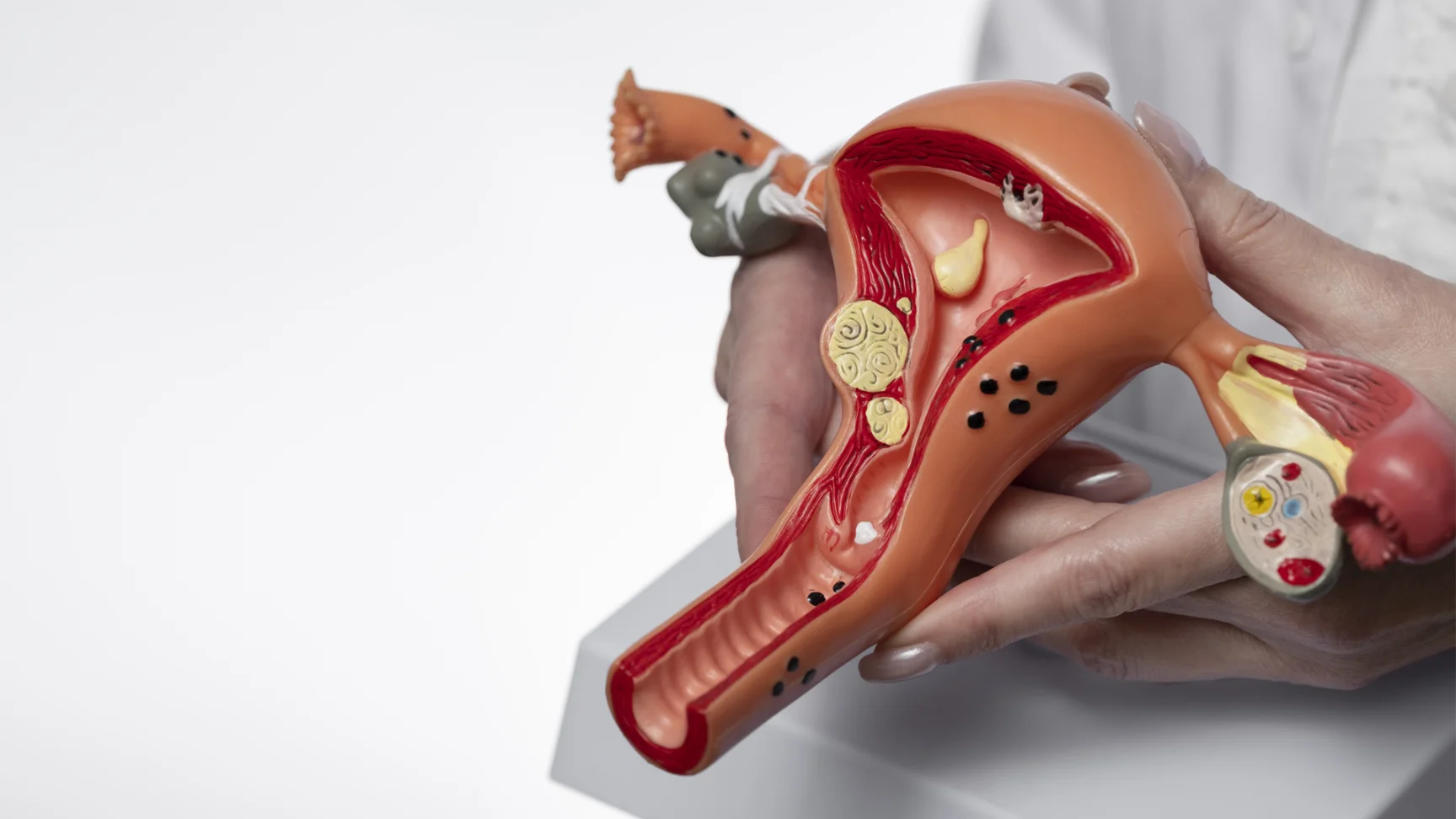Laparoscopy

Laparoscopy is a minimally invasive surgical procedure used to diagnose and treat a variety of conditions within the abdomen and pelvis. Unlike traditional open surgery, laparoscopy involves making small incisions through which a thin instrument called a laparoscope—equipped with a camera and light—is inserted. This allows the surgeon to view internal organs in real-time on a monitor and perform surgical procedures with precision.
Laparoscopy is commonly used in gynecology to evaluate and treat issues such as endometriosis, ovarian cysts, fibroids, ectopic pregnancy, infertility, and chronic pelvic pain. It is also widely used for general surgical procedures like appendectomy, gallbladder removal, and hernia repair.
The advantages of laparoscopy include reduced postoperative pain, minimal scarring, shorter hospital stays, and faster recovery times compared to open surgery. The risk of complications is also generally lower, though like any surgical procedure, laparoscopy carries some risks such as infection, bleeding, or injury to surrounding organs.
Before undergoing laparoscopy, patients typically undergo preoperative assessments, including blood tests and imaging. Recovery after laparoscopy is usually quick, with most individuals resuming normal activities within a few days to a week, depending on the complexity of the procedure.
